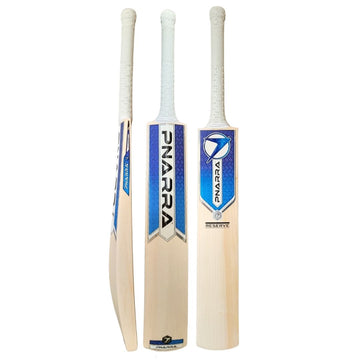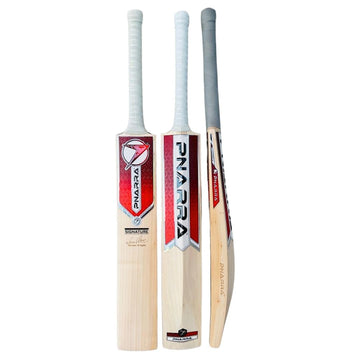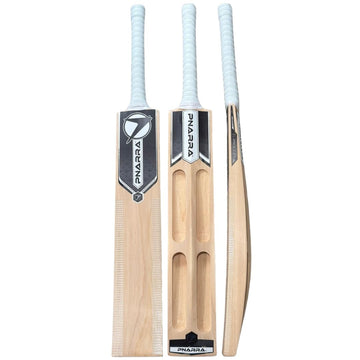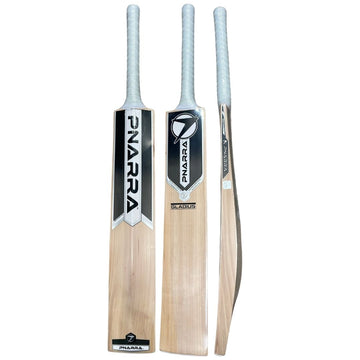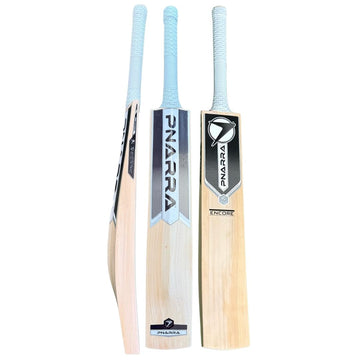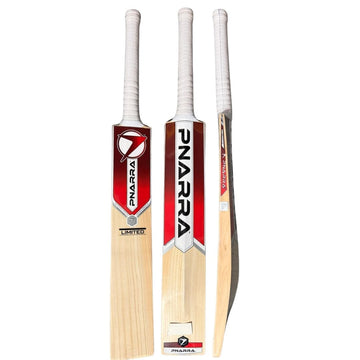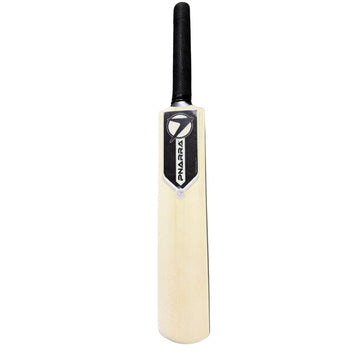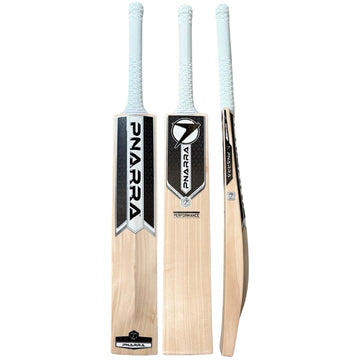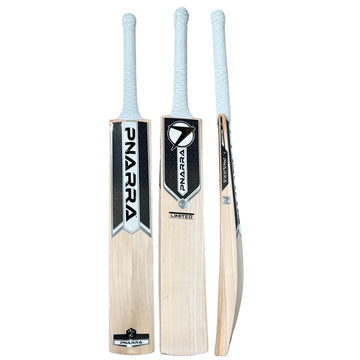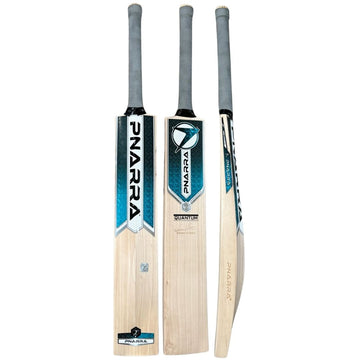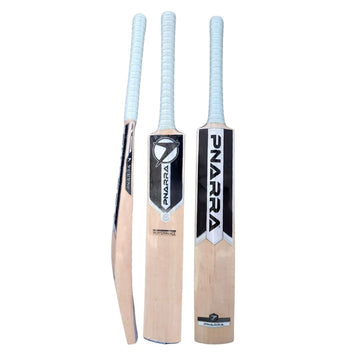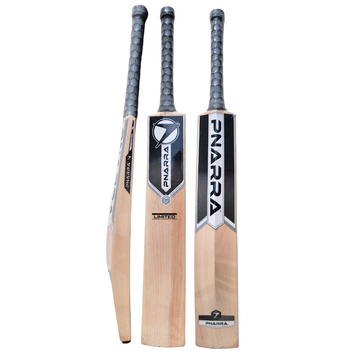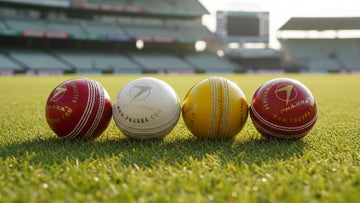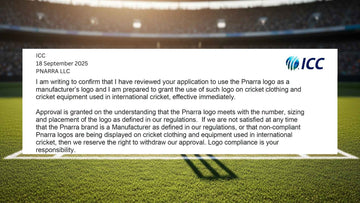Cricket may have originated in England during the 1500s, but today it’s played passionately across the globe.
Over the centuries, bats, gear, and rules have evolved — yet the cricket ball has remained the timeless core of the game.
The ball you choose shapes your game.
Your power, control, and safety all depend on it. That’s why our guide breaks down everything clearly — size, weight, construction, color, and type.
Read once. Buy with confidence. Play with pride.
History of Cricket Balls

The tale of the cricket ball begins in the tranquil county of Kent, England, in the 18th century.
From a humble cottage, the Duke family began handcrafting the earliest known cricket balls in the region. Their unwavering commitment to precision and craftsmanship soon caught the eye of royalty.
In 1775, King George IV awarded them a Royal Patent — a mark of trust and prestige.
They went on to create the world’s first six-seam stitched cricket ball, a revolutionary design that reshaped the sport and laid the foundation for the modern game.
Centuries later, their legacy lives on.
Still used in Test matches across the United Kingdom and the West Indies, the iconic Dukes cricket ball remains a timeless emblem of quality, tradition, and masterful workmanship.
Cricket Ball Size Regulations (MCC Law 4.1)
According to Law 4.1 of the MCC Cricket Rules, the size of a cricket ball varies based on the level and category of play:
Senior (Men’s) Cricket Ball
- Circumference: 8.81 to 9 inches (22.4–22.9 cm)
- Diameter: 2.8 to 2.86 inches (7.12–7.28 cm)
Women’s Cricket Ball
- Circumference: 8.25 to 8.88 inches (20.96–22.56 cm)
- Diameter: 2.63 to 2.83 inches (6.67–7.18 cm)
Junior (Ages 10–13) Hardball Cricket
- Circumference: 8.06 to 8.69 inches (20.47–22.07 cm)
- Diameter: 2.57 to 2.76 inches (6.53–7.01 cm)
This structure makes it easier for readers to quickly understand the official size standards.
Cricket Ball Weight
Under the MCC Laws of Cricket, a new men’s senior match ball must weigh between 5.5 and 5.75 ounces (155.9–163 g). Cricket balls used in women’s matches are slightly lighter, reflecting their smaller size, with an advised weight range of 4.94 to 5.31 ounces (140–151 g). For junior hardball cricket, typically played by ages 10 to 13, the balls are lighter still, generally weighing between 4.69 and 5.06 ounces (133–144 g). These weight variations are designed to suit the physical demands and playing levels of each category, ensuring consistency and fairness in the game.
A Cricket Ball is Composed of What?
The materials used to make cricket balls are carefully selected based on the type of ball and the performance characteristics they are intended to deliver. For example, softer balls are often used in youth matches and training sessions, requiring different materials than those used in professional adult cricket.
In this section, we will explore the full range of materials involved in cricket ball manufacturing. We’ll explain the unique performance qualities of each material, specify the types of cricket balls they are used in, and highlight the player levels or formats best suited for each type.
Leather and Cork

Hard cricket balls are the standard for all official matches and practice drills involving players aged 10 and above. Each ball is built from multiple layers of carefully selected materials. At its core lies a solid cork or a cork–rubber composite, tightly wound with layers of strong nylon thread. This core is then encased in premium cowhide leather, chosen for its toughness and ability to withstand the rigorous demands of the game.
This construction not only provides a durable, hard-wearing surface but also ensures a consistent bounce off the pitch and a sharp, controlled response off the bat. Before completion, six precise rows of heavy-duty nylon stitching are used to bind the leather casing, followed by a protective lacquer coating that enhances the ball’s shine, seam integrity, and overall durability.
However, hard cricket balls are not recommended for players under the age of 10. For younger players, softer training balls are preferred as they lower the risk of injury and offer performance characteristics better suited to developing skills safely.
Plastic Cricket Balls
Constructed from polyvinyl chloride (PVC), a synthetic thermoplastic, these cricket balls are designed to be softer and lighter, making them ideal for indoor games, under-10 matches, backyard cricket, and training exercises. Their soft nature significantly reduces the risk of injury for younger players and prevents damage to walls and surfaces that could occur with traditional leather or cork balls. Despite their softer build, high-quality PVC ensures these balls remain durable and long-lasting, maintaining their shape even after repeated impact.
Some plastic cricket balls, such as 'Incrediballs', feature a stitched seam to mimic the traditional feel of leather or cork balls, while other versions use molded seams to replicate the tactile experience of a stitched ball. These variations, often referred to as 'wind balls' or 'garden balls', allow players to practice gripping and bowling with a realistic touch, offering a safe yet authentic training experience.
Rubber Cricket Balls

Though less common than leather or plastic, rubber is sometimes used in the production of specialized cricket practice balls. Slightly heavier than plastic balls, rubber balls are highly durable and capable of withstanding frequent use, making them ideal for repetitive training sessions. Their toughness ensures they maintain their shape and performance even after prolonged practice, offering players a reliable tool for skill development.
Rubber balls are especially valuable for enhancing a bowler’s swing ability. For instance, the FORTRESS Swing Ball is uniquely designed with two distinct halves — one made of rubber and the other of a tennis ball. The rubber side has a pronounced molded seam, a smoother texture than the tennis half, and slightly more weight. This imbalance causes the ball to swing in the air toward the lighter tennis side, replicating the aerodynamics of conventional swing bowling. Practicing with such a ball helps bowlers develop better control over swing, a skill that challenges batsmen and significantly improves overall bowling effectiveness.
How is a Cricket Ball Made?
Though historically crafted entirely by hand by skilled artisans, modern cricket balls are now made using a combination of machine processes and expert handcrafting. The process begins with forming the cork core under high pressure into a small ball or block roughly the size of a ping pong ball. This core is then coated with a layer of adhesive to prepare it for the next stage.
Using a high-speed winding machine, strong nylon or wool yarn is tightly wound around the cork core while it is held firmly in place. This step is repeated with several layers—usually five or more—to ensure even density, optimal weight distribution, and a consistent bounce.
Next, the outer leather casing, dyed to the desired color, arrives in large sheets and is cut into halves or quarters. Each piece is trimmed and pressed into curved shapes using semicircular molds to form the ball’s spherical body. These leather pieces are joined to form two hemispheres, which are then stitched together with six rows of heavy-duty seam stitching. This prominent seam not only binds the structure firmly but also plays a critical role in the ball’s aerodynamics and durability during play.
Finally, every cricket ball is coated with a thin layer of protective lacquer to enhance its gloss and toughness. The manufacturer’s logo and name are then stamped on the surface. Before release, each ball undergoes strict quality control checks for weight, circumference, shape, and bounce to ensure it meets official standards.

